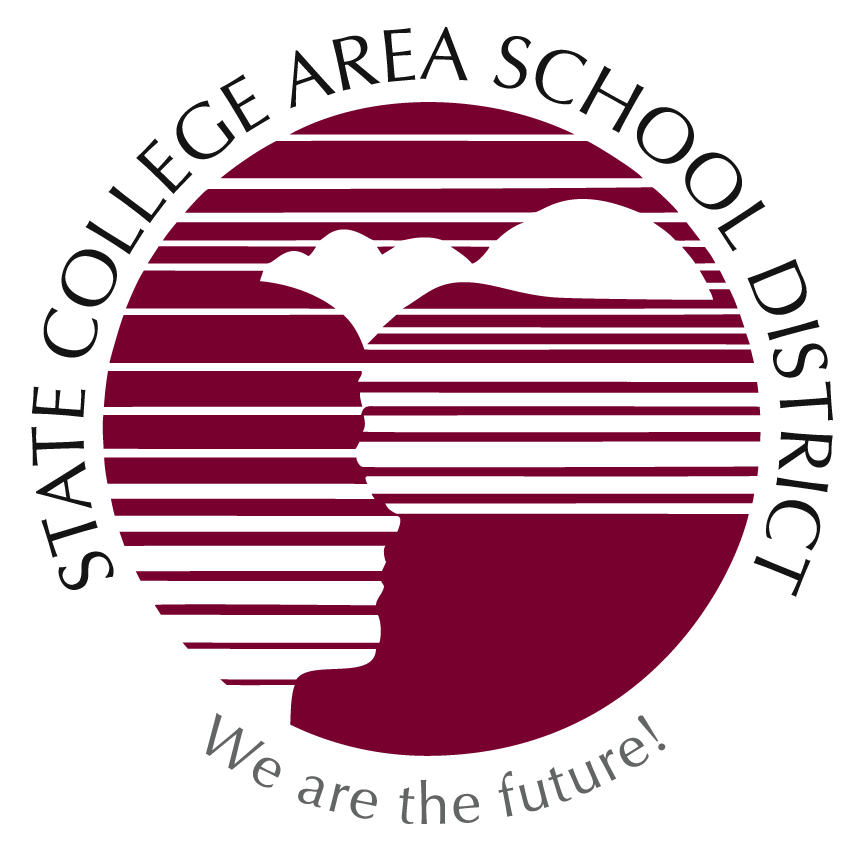When I wrote about the 2024 Solar Eclipse a few months ago, I covered the basics of what a solar eclipse is and the best places to see it. I plan to write another article in the upcoming weeks that will cover the weather conditions and last-minute details on April, 8 the day that the Eclipse is supposed to happen. Today, however, I will be discussing safety, what to expect, and the time that the eclipse is supposed to happen.
Safety
The biggest tip of advice for safety when watching the eclipse? DO NOT LOOK DIRECTLY AT THE SUN WITH YOUR BARE EYES! Looking directly at the sun with your bare eyes can damage your eyesight temporarily or permanently.
NASA also states that “(v)iewing any part of the bright Sun through a camera lens, binoculars, or a telescope without a special-purpose solar filter secured over the front of the optics will instantly cause severe eye injury.” If you want to watch the eclipse without shielding your eyes, you can get approved eclipse glasses which are around a thousand times darker than standard sunglasses.
NASA says that “regular sunglasses, no matter how dark, are not safe for viewing the Sun.”
Below I’ve linked reliable solar eclipse glasses and lenses for telescopes that can be used during the eclipse. However, if you do order them, please note that if they are damaged in any way, do not use them.
What To Expect.
If the safety section of this article made you terrified of solar eclipses, then this should hopefully restore your confidence that an eclipse is a good thing. The eclipse on Monday, April 8 will be the last total eclipse seen in the U.S. until 2044. The Moon will pass in front of the sun and completely block out all Sunlight for several minutes. The stages of the eclipse will follow in this order:
First the moon will come in from the East, and start covering up the Sun. This is called a partial eclipse. In most places, this should last around 70 and 80 minutes according to NASA.
Next, the Moon will start to cover up a large portion of the Sun. However, little beads of sunlight will start to get through this stage. This phenomenon is called Baily’s Beads because little beads of sunlight are getting through.
After that, the Moon and Sun go into what's called a Diamond Ring. This is when only a small ring of sunlight is visible. According to NASA, “(t)his bright spot resembles the diamond in a giant diamond ring formed by the rest of the Sun’s atmosphere.”
Finally, we reach the Totality, which happens when all direct Sunlight is completely blocked out, we only can see the Moon. In some locations, Totality will only last a minute or two; however, in other places, it will last almost ten minutes.
After that, we go back through all the other stages, and then the moon leaves and there is nothing but our normal sun.
Time
Finally, the following times for the eclipse are 2:30 p.m. EDT and for CST (Central Time) 1:30 p.m. Enjoy the Eclipse!
For more information about the Eclipse click here!
Click here to find professionally approved solar eclipse glasses and lenses for your telescope/binoculars!
Sources: USA TODAY and NASA.gov

